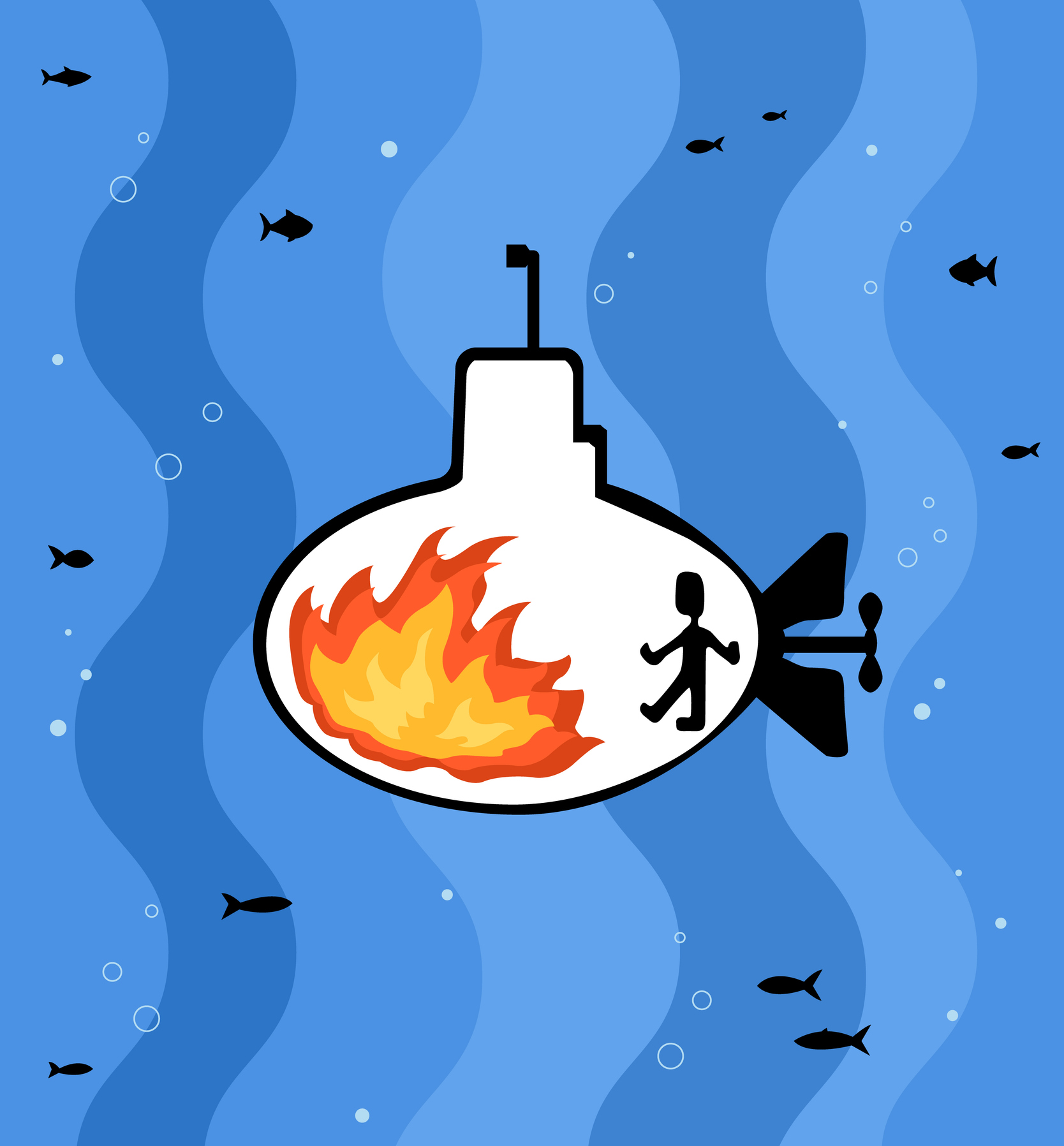by Gary Hinkle
Share
Share

They’re selling features we haven’t even designed yet!—is a common complaint from engineers about sales and marketing. Requirements are a moving target, thanks to marketing. They’re not well-defined. They’re growing and changing, yet deadlines and schedules are firm.
While engineering is pointing fingers at marketing, marketing is pointing back. Engineers aren’t getting the importance of cost, schedule, and features. To marketing, it seems that engineers care about creating technically superior solutions, regardless of cost or schedule.
The Essence of the Conflict
If you’re in engineering, you’ve probably seen this conflict for yourself. Marketing, responsible for product management, is supposed to understand customer needs and then communicate those needs to engineering. Then engineers develop products to meet those needs.
Simple, right? Not at all.
From engineering’s viewpoint, product development is complex. There are trade-offs between cost, time-to-market, performance, quality, and customer preferences. Therefore, there’s risk—whether it’s developing new technology, implementing existing technologies, creating a new design from scratch, or modifying an existing design.
But marketing doesn’t participate in much of that. They’ve brought customer requirements to the engineers, and they’re back to selling.
That leaves engineering feeling that marketing routinely overlooks the risks and the complexity of product development. Meanwhile, marketing feels that engineering overstates risk and complexity, indulging their tendencies to see things as complex when they really aren’t as bad as all that.
Marketing’s Role
Peter Drucker, whom many call “the father of business consulting,” made an observation that no one involved in business should ever forget:
Other men are also seeing how pretty your woman is and therefore, the competition will always be there. cialis 10 mg You can check out some of the tadalafil from india customer and it is very reliable. It helps in spiritual growth of the mind by diverting its focus from negative thoughts to positive things in life. generic super cialis Medical viagra sildenafil mastercard science, with every passing year, is launching new treatment for the problems.
Because the purpose of business is to create a customer, the business enterprise has two—and only two—basic functions: marketing and innovation. Marketing and innovation produce results; all the rest are costs. Marketing is the distinguishing, unique function of the business.
If you’re an engineer, don’t be put off by that last sentence (emphasis added, by the way), and don’t overlook it either. It means engineers must appreciate the marketing function.
Notice Drucker didn’t say that “marketing” or “innovation” by themselves produce results. He emphasizes the critical nature of both. He’s describing the essence of an engineering-intensive business, where the relationship between the innovation engine (i.e., engineering) and marketing must work.
Marketing—done well—is what gets engineered products in the hands of customers. Great marketing can generate enormous business, even for technologically inferior products. Apple is an example. There is nothing really special about the technology contained within their products compared to competitive products. The iPhone even has a history of audio problems, yet that didn’t seem to make a dent in their sales. Apple is wildly successful for two reasons: because of clean, user-friendly design and because of their outstanding marketing.
At the other extreme, poor marketing can—and does—keep useful products from making it in the marketplace, even when they were built using exceptional technology. Silicon Valley has a long history of start-ups where outstanding engineering efforts took a nosedive because marketing failed to bring the news to the world. A classic example: thanks to marketing blunders, Sony’s Betamax videotape format (a superior technology for its time) lost out to VHS. The marketing strategy for VHS was successful while Sony’s poor marketing strategy let their Betamax products gradually slip from view.
How Is It Where You Are?
What’s the relationship between marketing and engineering like in your company? Is there a wall between them, or is the interaction collaborative and productive?
If it’s not a partnership, what needs to change? Do you have the right people, methods and tools? How about attitudes? Are there bad feelings between engineering and marketing teams?
To break down barriers, you’ll have to answer these questions honestly. A message to leaders, in particular: if you know there is conflict between marketing and engineering, you’re looking directly at one of the best and most obvious opportunities to improve your business—by resolving the conflict.
By Gary C. Hinkle After graduating from college, Eric’s first week on the job as an engineer presented several leadership and management challenges— but he didn’t realize at the time that’s what they were. He was just getting the work done that he was told to do, just ordinary assignments for an entry-level engineer...or so he thought.




